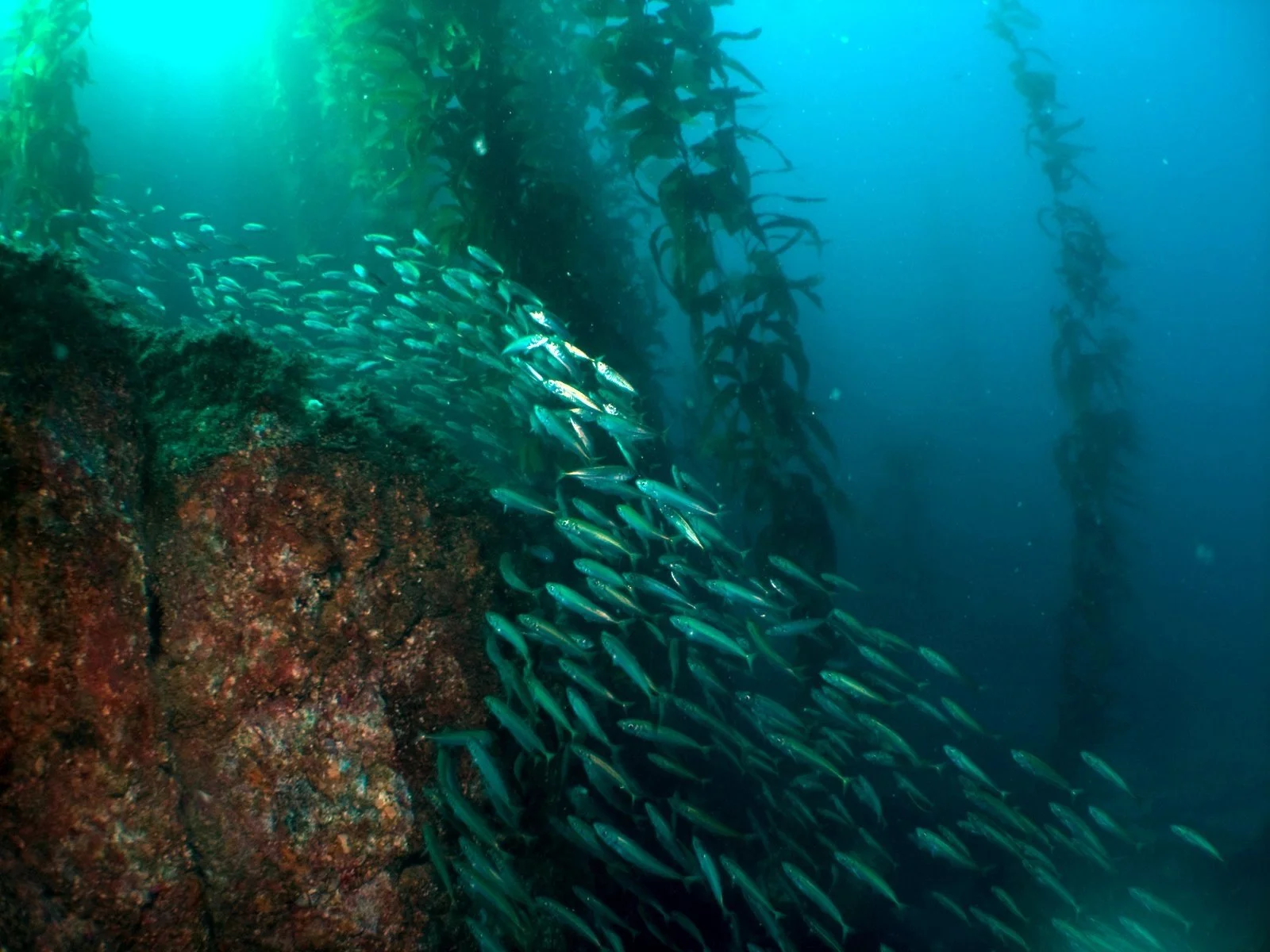ECOSYSTEM MANAGEMENT OF 'FORAGE' SPECIES
Overview
In response to the international growth of aquaculture in recent years, certain environmental groups have mounted a worldwide campaign to protect ‘forage species’, which in many parts of the world are harvested for fish meal to feed the fish farmed in this growing industry.
The Pacific Fishery Management Council developed a California Current Fishery Ecosystem Plan (FEP), addressing forage needs in an ecosystem context, including oceanic influences and the population dynamics of all marine life. The policy and statutes of the State of California already support this process.
Following are some facts about CPS “forage fish” species:
• Coastal pelagic “wetfish” species, such as sardines, anchovy, market squid and mackerels, have contributed the lion’s share of California’s commercial seafood harvest since before the turn of the 20th century. Wetfish have represented more than 80 percent of the total statewide catch each year, and the wetfish industry provides many thousands of jobs in the ports of Monterey, Moss Landing, Ventura, Port Hueneme, San Pedro and Terminal Island, as well as San Diego and San Francisco, and harbors in-between.
• California has been recognized by internationally respected scientists as having one of the lowest fishery harvest rates in the world.
From Worm et al, Science 325 (2009) Rebuilding Global Fisheries
“…only in the California Current and in New Zealand are current exploitation rates predicted to achieve a conservation target of less than 10% of stocks collapsed” (i.e. ‘sustainability’ benchmark)
(Fig. 3A)
Green triangle line indicates biomass trend, blue dotted line indicates harvest rate, and dark blue band indicates conservation objective
• Ecosystem management cannot be carried out with attention only given to a single trophic level in a small portion of a single habitat (in this case ‘forage’ fishes in the epi-pelagic habitat)
(Richard Parrish)
• There is no way that a comprehensive forage species conservation and management policy can be adequately addressed without considering the entire California Current Ecosystem. Also required is significant dedicated funding for both the planning team and a permanent monitoring plan to track the ecosystem health of the lower trophic level fishes and pelagic invertebrates as well as oceanic regime shifts.
• Marine mammal populations have increased in California during the past several decades, after passage of the Marine Mammal Protection Act of 1972, when fisheries were significantly larger than they are at present, suggesting that the ecosystem was healthy even at the higher exploitation rates that occurred during the 1980s and early 1990s.
• Pelagic species by definition are carried by the currents; their distribution varies wildly from year to year due to their population size, wind and density driven local circulation processes, El Nino events, decadal and regime scale environmental process in the entire Pacific Basin. (Richard Parrish)
• The evidence gathered over the last century demonstrates that ecosystem management will necessarily be an adaptive process that utilizes monitoring of both environmental and biological processes to determine the current environmental state, and then applies an ecosystem model to determine optimum harvest policies.
• CPS fisheries harvest less than two percent of the forage fish consumed by predators


